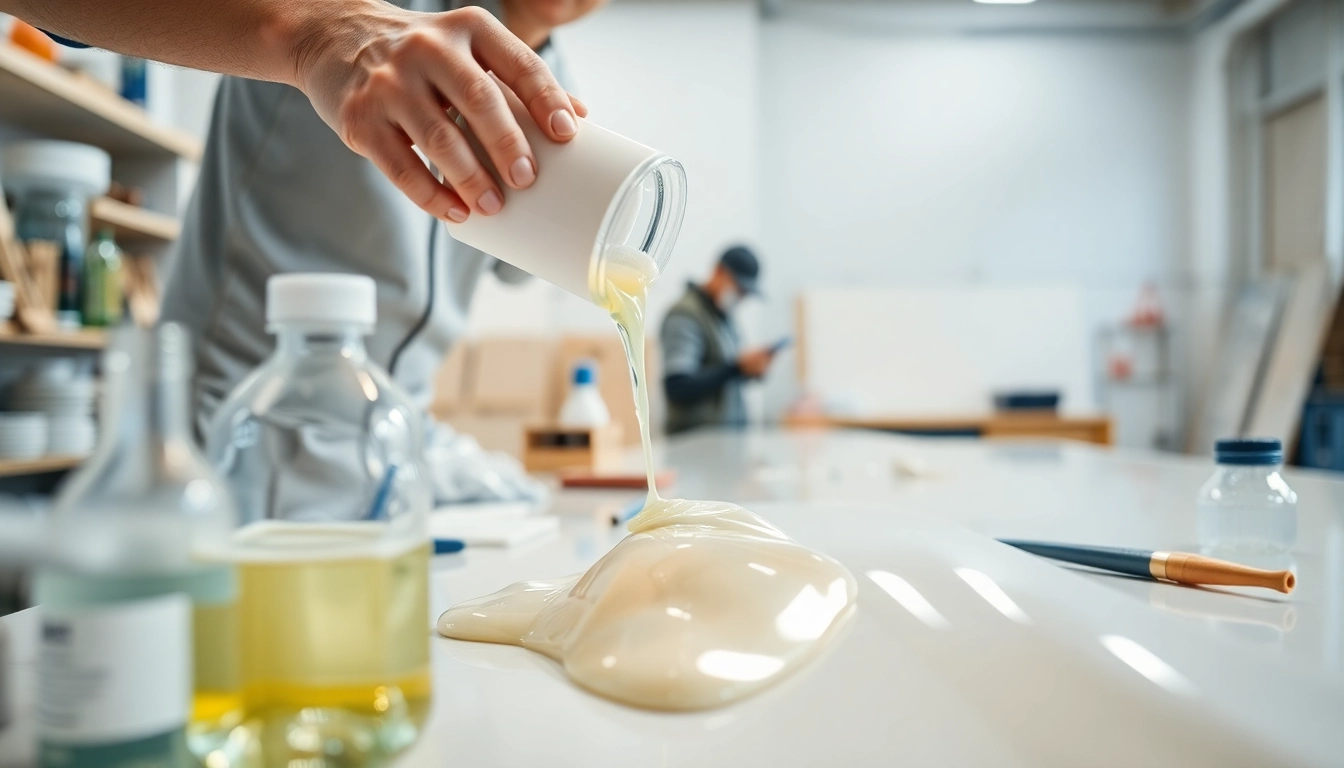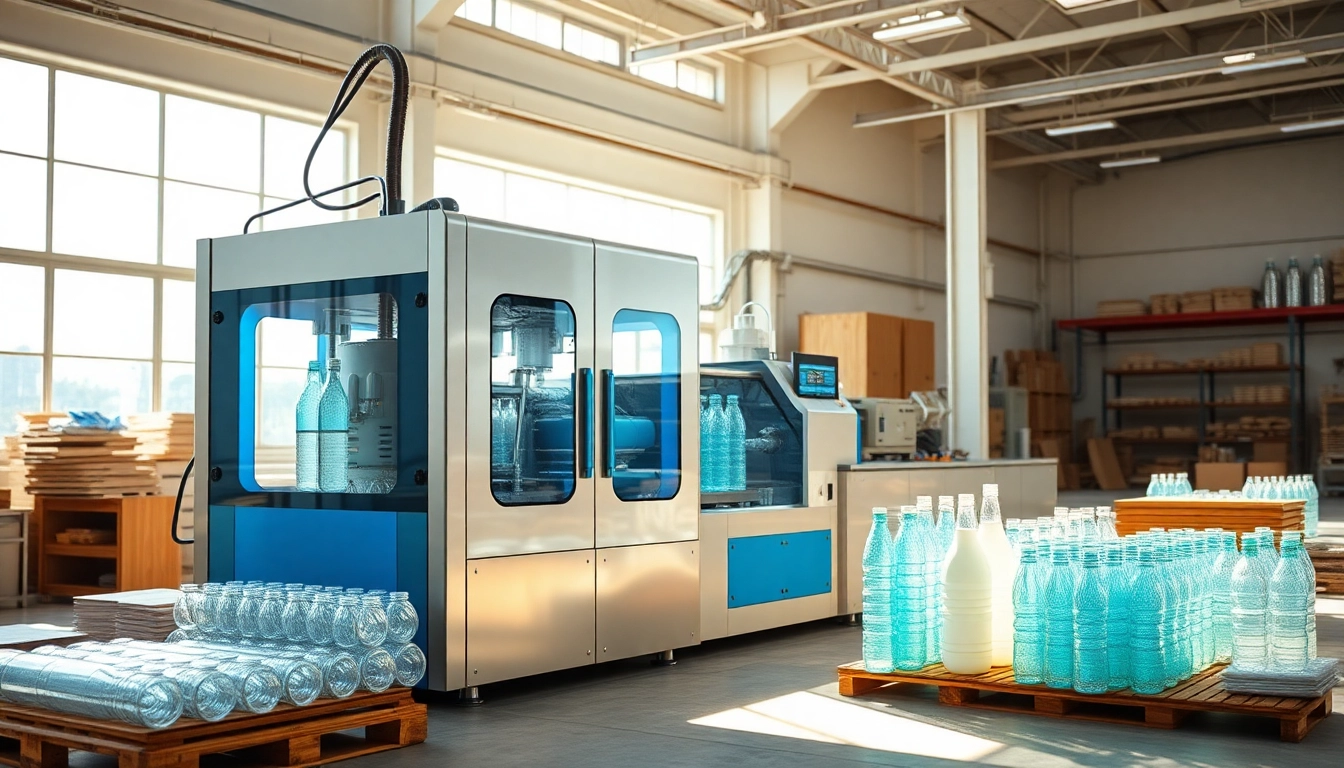Introduction to Laminating Resin
Laminating resin is a critical component in a variety of industries, particularly in the realms of boat building, automotive, construction, and composite fabrication. This versatile material serves as an adhesive that enables the bonding of multiple layers of fiberglass, wood, and other materials to create durable, lightweight structures. Understanding the properties, applications, and advantages of laminating resin is essential for professionals and enthusiasts alike who seek to optimize their projects. By delving into the details of laminating resin, we aim to equip readers with the knowledge required for effective usage. For those starting their journey, laminating resin is fundamental to mastering composite techniques.
What is Laminating Resin?
Laminating resin refers to a type of synthetic resin that is primarily used to bond layers of composite materials, particularly fibrous materials like fiberglass. The resin acts as a matrix that surrounds and binds the fibers, enhancing their structural integrity. Available in various types including polyester, vinyl ester, and epoxy, laminating resins differ in their mechanical properties, curing times, and chemical resistance. The choice of resin typically depends on the intended application, durability requirements, and environmental conditions.
Types of Laminating Resin
There are three main types of laminating resin, each with distinct characteristics:
- Polyester Resin: Known for its cost-effectiveness and ease of use, polyester resin is commonly applied in marine applications including boats and canoes. It offers moderate durability but can be prone to brittleness under stress.
- Vinyl Ester Resin: This type provides enhanced resistance to corrosion and impact compared to polyester. Vinyl ester resin is often favored in applications where chemical exposure is a concern.
- Epoxy Resin: Renowned for its superior bonding strength and versatility, epoxy resin is more expensive than the other options but offers exceptional durability and resistance to environmental degradation. It is used extensively in high-performance applications.
Common Uses of Laminating Resin
Laminating resin’s applications span across multiple industries, including:
- Marine construction, such as boat hulls and components
- Automotive industries for lightweight body panels and reinforcements
- Construction for making composite beams and panels
- Arts and crafts for creating molded objects
- Wind energy for fabricating turbine blades
Benefits of Using Laminating Resin
Durability and Strength
The primary advantage of laminating resin lies in its ability to form strong bonds between layers of material. This strength allows for the creation of lightweight yet durable structures that can withstand various environmental stresses, including moisture, heat, and mechanical loads. Whether in marine applications where exposure to water is constant or in automotive uses that require resilience against vibrations, laminating resin provides unmatched performance.
Cost-Effectiveness for Projects
In many cases, especially when using polyester or vinyl ester resins, the cost-effectiveness of laminating resins makes them an attractive choice for both manufacturers and hobbyists. While more expensive epoxy resins may offer enhanced performance, the lower price point of other types of laminating resin allows for scalability in production without compromising overall quality. This is particularly relevant for large-scale projects or repairs that require significant amounts of resin.
Versatility in Applications
Laminating resin is highly versatile and can be adjusted to suit a variety of applications. From intricate molds to structural supports, this resin can adapt to different processes such as hand layup, vacuum infusion, and filament winding. Furthermore, within each resin category, formulators can customize properties like curing time, viscosity, and adhesion to meet specific project requirements. This versatility is crucial when working on diverse projects that require unique considerations.
Application Techniques for Laminating Resin
Preparing Surfaces for Laminating Resin
Surface preparation is a critical step in the laminating process. To achieve optimal adhesion, surfaces must be clean, dry, and free of contaminants such as oil, wax, or dust. Common practices include:
- Cleaning: Use solvents appropriate for the material, such as acetone or isopropyl alcohol, to remove dirt and residues.
- Sanding: Roughening the surface through sanding enhances mechanical bonding. The grit size should match the material to prevent damage while facilitating adhesion.
- Priming: Certain surfaces benefit from applying a suitable primer, especially when bonding different material types.
Mixing and Applying Laminating Resin
Proper mixing and application techniques are fundamental to achieving a successful bond. When working with two-part resins (e.g., epoxy), it is crucial to follow the manufacturer’s instructions regarding the mixing ratio and environmental conditions. Typical steps include:
- Measuring: Use precise measurements to ensure the correct ratio of the resin and hardener for optimal curing.
- Mixing: Stir the mixture thoroughly but avoid whipping air into the resin unless specified. Use a clean, uncontaminated stick or paddle.
- Application: Apply the resin using brushes, rollers, or spray techniques tailored to the project’s requirements. Ensure even coverage and avoid pooling.
Curing and Finishing
After application, the curing process initiates as the resin hardens to form a solid structure. Cure times can vary based on the resin type, temperature, and humidity levels. To ensure proper curing:
- Maintain Temperature: Keep the working environment within the recommended temperature range to facilitate optimal curing.
- Avoid Disturbance: Do not touch or manipulate curing resin until fully set, as this can compromise the bond.
- Post-Curing Techniques: For certain applications, additional heating can enhance strength properties by reducing internal stresses.
Best Practices for Working with Laminating Resin
Safety Precautions
Working with laminating resin necessitates adherence to safety protocols to protect oneself from harmful fumes and resins. Important safety measures include:
- Personal Protective Equipment: Always wear gloves, goggles, and respiratory protection when handling resin to prevent skin irritation and inhalation of fumes.
- Ventilation: Ensure adequate ventilation in the working area to dissipate fumes. Use exhaust fans or work outside where possible.
- Storage: Store resin in a cool, dry place away from direct sunlight, and follow the manufacturer’s recommendations for shelf life and handling.
Tips for Optimal Adhesion
To maximize bonding strength, consider the following tips:
- Layering Technique: When applying multiple layers, allow the previous layer to set sufficiently to avoid excess run-off and to maintain bond integrity.
- Temperature Adjustment: Warmer temperatures can improve resin flow and wetting of fibers, enhancing adhesion. Ensure that the dimensions remain stable.
- Consistent Pressure: Apply even pressure during the layup process to eliminate air pockets that may impede bonding.
Common Mistakes to Avoid
Even experienced users can make mistakes. Watch for these common pitfalls:
- Rushing the Process: Allow sufficient time for each layer to cure properly before adding subsequent layers. Patience leads to stronger bonds.
- Ignoring Temperature and Humidity: These factors can drastically affect both curing and adhesion rates. Monitor conditions closely.
- Inadequate Mixing: Failing to mix the resin thoroughly can lead to uneven curing and compromised structural integrity.
Conclusion and Future of Laminating Resin
Innovations in Laminating Resin Technology
The future of laminating resin is promising, with ongoing advancements in material science creating new formulations that will enhance performance. New eco-friendly formulations and bio-resins are being developed to reduce environmental impact while maintaining the strength and durability required for industrial applications. Additionally, smart materials that react to environmental changes represent exciting opportunities for future applications.
Trends in the Laminating Resin Industry
As the industry evolves, several trends are emerging, including:
- Increased Use of Automation: Automated resin infusion processes are becoming standard in production, ensuring consistent application and reducing labor costs.
- Enhancement of Repair Techniques: Innovations in repairing composites, including advanced adhesives and repair resins, are improving the longevity and life cycle of structures.
- Focus on Sustainability: A growing emphasis on recyclable and biodegradable laminating resins is helping to shape a more sustainable future in composite manufacturing.
Final Thoughts on Laminating Resin Usage
In summary, laminating resin serves as a versatile, strong adhesive essential for a variety of applications within multiple industries. By understanding the types, benefits, application techniques, and future trends, users can make informed decisions that optimize their projects and outcomes. The landscape of laminating resin is being shaped continuously, making ongoing education and adaptability vital for success in this innovative field.



